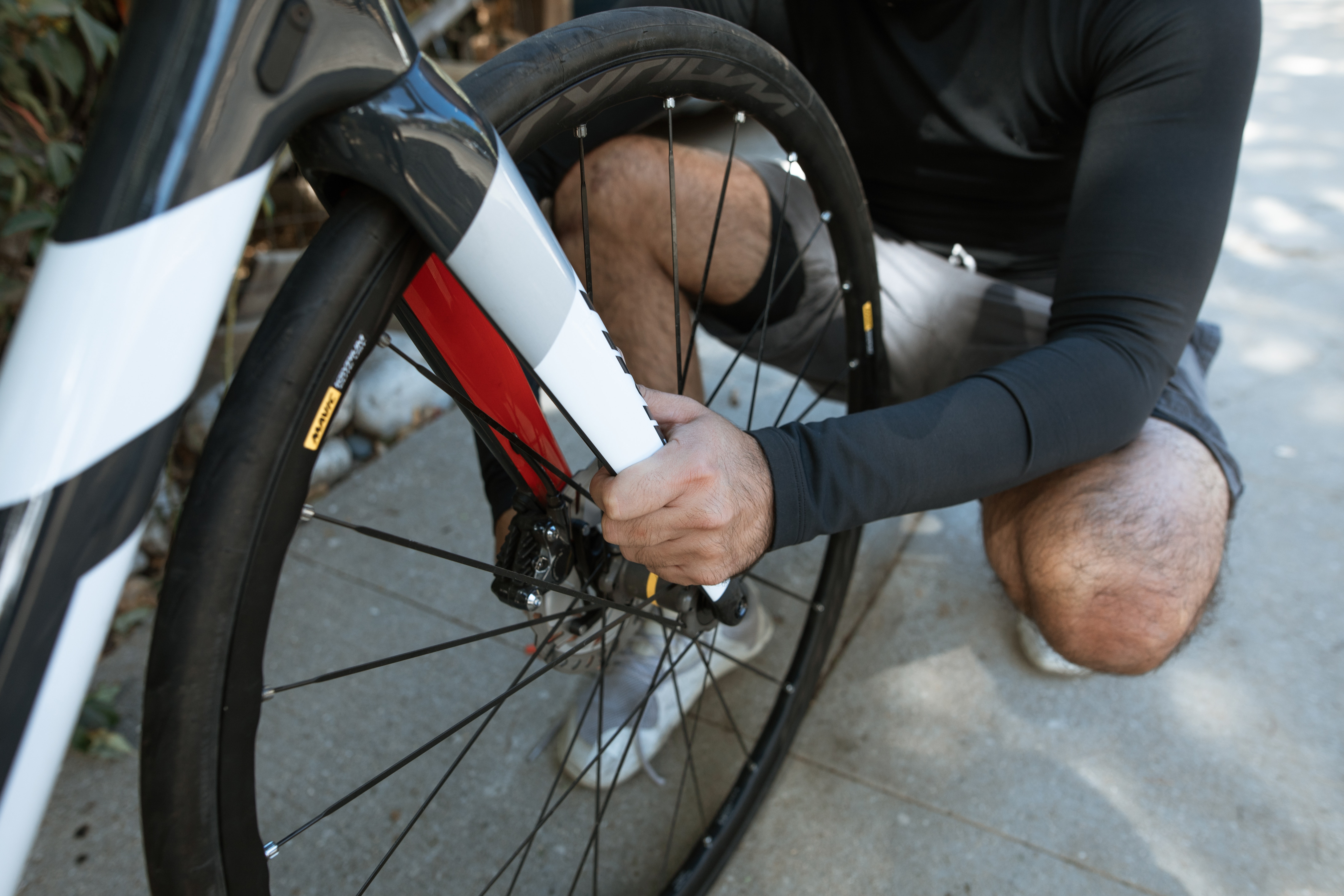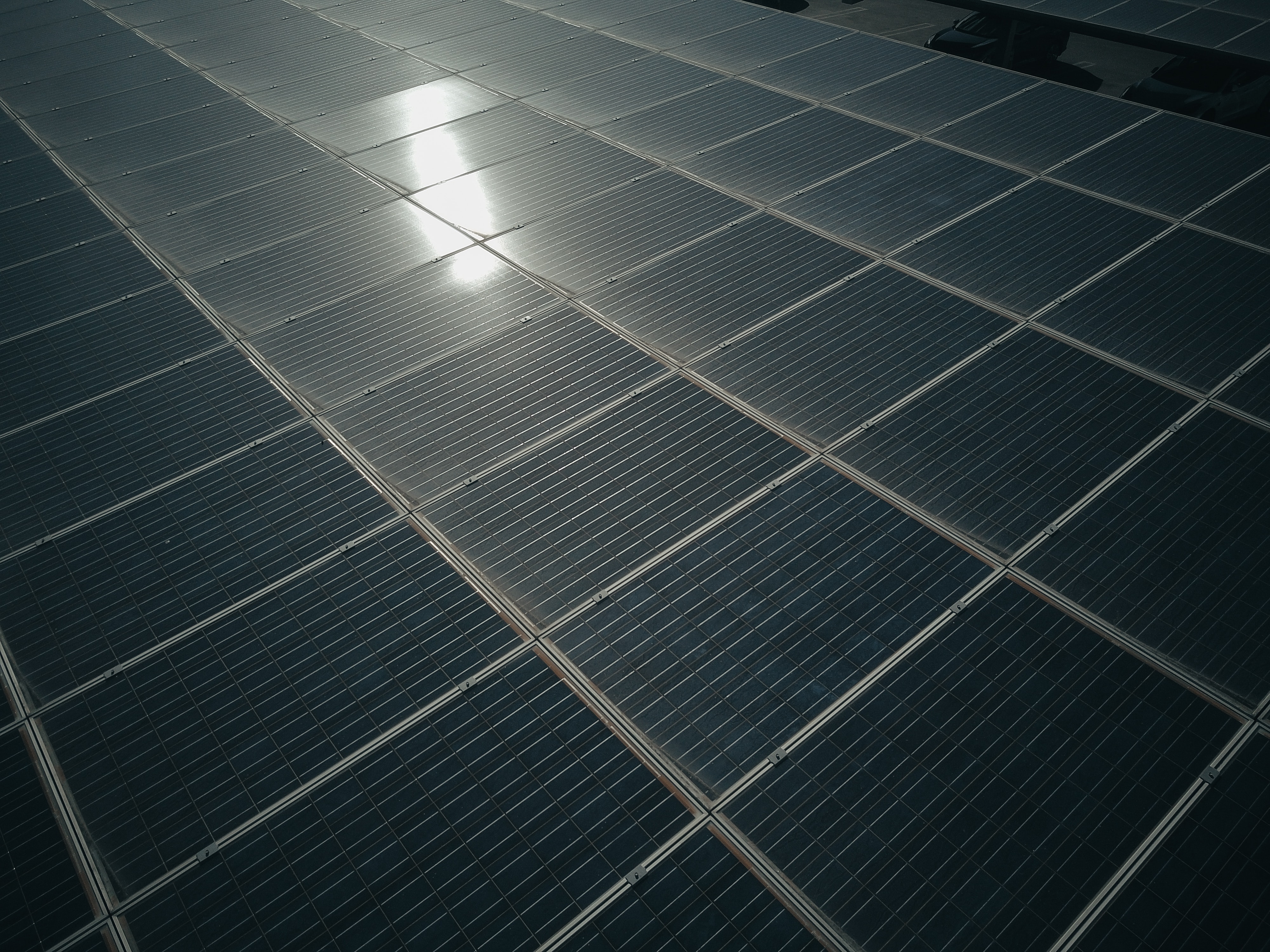Additive Manufacturing became popular in industry over the past few decades. Lower costs, higher speeds and accuracy make it an effective manufacturing tool. Even for small companies additive manufacturing is achievable. Even though it’s not widespread in the bike industry yet, there are a few examples out there of 3D printed bikes.
Here at Route Assembly we use additive manufacturing in our rapid prototyping. We don’t have the capability to produce a lot of bikes with this method yet. We are working towards using it for full production though. That’s because we believe in the power of additive manufacturing to help businesses as well as the environment.
Additive manufacturing has a number of qualities which allow it to lower the carbon footprint of production. Not all of it is what you might think either. The benefits of additive manufacturing are often indirect. It’s not the perfect production method either though. It has problems that need to be fixed to make it truly green.
The Direct Cost of Additive Manufacturing
Production always has a cost. Additive manufacturing isn’t the exception to that. Far from it. To begin additive manufacturing all of the materials used to print a part need to be processed. Powders, resins, filaments, all of it. That means energy expenditure, carbon emissions and a degree of waste.
The energy cost doesn’t end there either. Of course actually printing a part will use more energy and put out more emissions. In fact detractors of additive manufacturing could correctly point out that the energy required for a given amount of production is actually higher than with conventional production. In the paper here, additive manufacturing of polymer comes out at roughly 60-70KWh/kg compared to injection moulding at 55KWh/kg.
If that’s the case then how can it be a greener form of production? Well a lot of the reason is the indirect benefits of production but we’ll come back to that. The big advantage is that additive manufacturing produces less scrap and waste at the production level. So while a titanium frame bike might weigh 1.5kg it takes more titanium to actually produce it through conventional manufacturing. Using additive manufacturing a 1.5kg titanium bike is produced with 1.5kg of titanium powder or wire.
This changes the amount of energy consumed in the production of the product and offsets the cost of raw material production. Whether this offset is enough to make the product green really depends on how much of material is lost in traditional manufacturing methods. But it is something worth considering when we look at the green potential of an additive manufactured bike.
Indirect Benefits Of Additive Manufacturing
The bulk of the advantages that come with additive manufacturing aren’t part of the production processes at all but actually what it allows us to do easier. Our favourite one of these won’t be a surprise to anyone that’s read our blog before. Reshoring.
Because additive manufacturing requires much less labour overall it minimises the advantage of offshore production in labour costs. Since it’s also quicker than conventional manufacture it means that it meshes well with some of the advantages of onshore production- like lower lead times. Most importantly though additive manufacturing offers streamlined infrastructure. With access to printers and raw materials a bike can be produced. More bikes just means more printers and more materials. We’ve covered this in more detail before and we’ll probably cover it in even more detail in the future. This isn’t a post about that though it’s about the environmental impact. So let’s get back on topic.
By aiding reshored production additive manufacturing allows companies to cut out the carbon footprint associated with international shipping. One of the most carbon costly industries out there. Particularly when it comes to something that is space inefficient- like assembled electric bikes. Raw materials used in additive manufacturing are powders and filaments, even if they can’t be acquired domestically they can be shipped much more efficiently than full frames.
Reshoring isn’t the only advantage though. Since additive manufacture doesn’t require as much labour as conventional manufacture it can run in greener facilities. So rather than the labour intensive process of laying carbon in moulds, treating it at high temperatures, compressing it, etc. Additive manufacturing facilities can print a carbon fibre frame by loading the CAD file and pressing print. This means each bike requires less labour hours and can be produced in lights off facilities.
This Isn’t Magic Manufacturing
We’re trying to make a case for additive manufacturing here, but that doesn’t mean it will fix all of the industry’s problems. Additive manufacturing still uses energy and still emits carbon. Ultimately the best way to deal with these things is to not just find the most efficient production method but also to look at our scale of production. Manufacturing far more than we need isn’t going to be green no matter how we do it.
Even within additive manufacturing there are problems too. I strongly recommend reading this paper. It identifies a four part road map to optimising additive manufacturing’s sustainability. This includes increased transparency on the energy and emissions of printers and products created with them. Development of in depth LCA’s to monitor the carbon cost across all stages of a products lifespan. Predicting the carbon saving of additive manufacturing before production.
Once data is made transparent it is significantly easier to optimise additive manufacturing to a green practice. By using renewable energy rather than fossil fuels for example. The paper also suggests more novel ideas though such as finding alternative raw materials which require less energy to be processed. Honestly there is enough to really optimise it for a whole other post and it won’t be covered right here. Let’s just say that better doesn’t mean perfect and this method of manufacturing still has room to improve. In the mean time it’s a step in the right direction.



